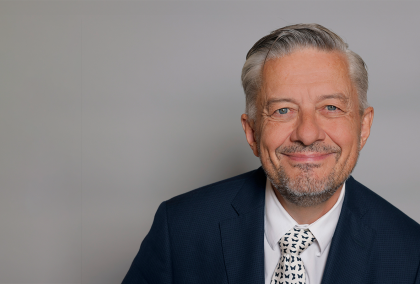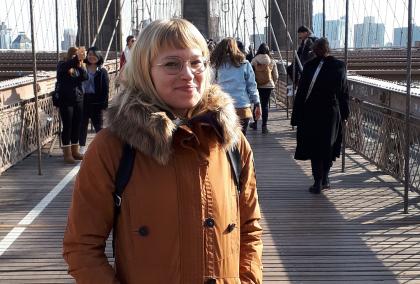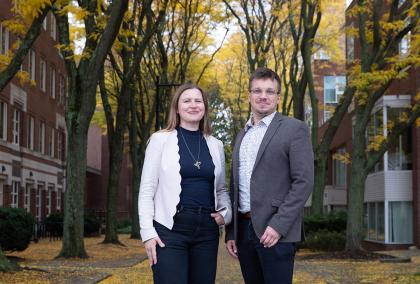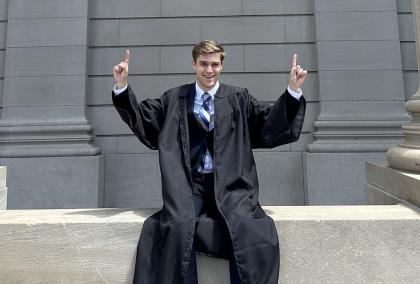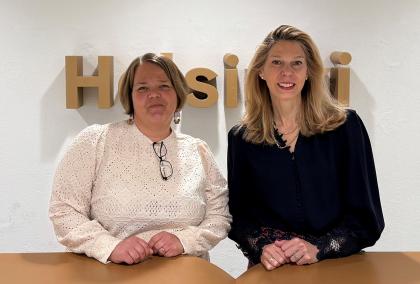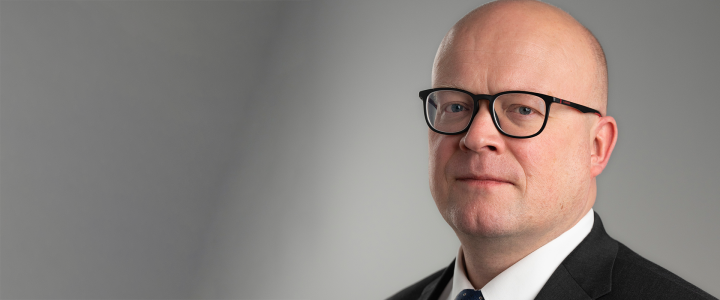

The history of the ASLA-Fulbright exchanges between Finland and the United States is quite exceptional. First, there was the reputation Finland gained as “the country that pays its debts” in the early 1930s. While other countries indebted to the U.S. took the 1932 Hoover Moratorium on loan payments as a pardon instead of postponement, Finland continued the payments of its 1919 food loan, in full, on time.
Setting aside a part of those installments in a “scholarship fund” for educating Finnish students in American universities was first discussed in the U.S. State Department in 1935 already. Finland paid regularly even when the U.S. was an ally in WWII with the USSR, Finland’s then enemy.
Scholarships to the U.S. financed by loan repayments became a reality in 1949 with the ASLA program. In 1952, Finland also joined the international exchange program founded by the Senator of Arkansas, J. William Fulbright. That dual footing of the ASLA-Fulbright exchange made its basis particularly strong.
The start of the Fulbright exchanges coincided with feelings of recovery and general optimism in Finland. From June to September 1952, Armi Kuusela became the very first Miss Universe in Long Beach, California, Helsinki hosted the Summer Olympics, and the last war reparations train loaded with Finnish-made machinery crossed the border to the USSR – Finland again being the only country to fully pay its war reparations.
Politically speaking, the ASLA-Fulbright exchanges were a prudent move. In 1947, Finland had rejected the desperately needed financial aid offered by the U.S. through the Marshall Plan, in order to not provoke the USSR. The Fulbright agreement was fully negotiated in 1948, but Finland waited four years before moving to its implementation.
By the early 1950s, the United States had become the global leader in science, also utilizing the brainpower of scientists and intellectuals who had fled from Central Europe during the 1930s and 40s. In the early Cold War years, ASLA-Fulbright exchanges played a big role in keeping Finnish scholars up to date with world-class research.
The achievements of science and education carry over generations, not just over the next economic turmoil.
Many Fulbright scholars became professors and leading academic and cultural figures. In hindsight, the investment was probably the wisest possible choice. The achievements of science and education carry over generations, not just over the next economic turmoil.
Sometimes the rewards of long-term scientific collaboration become very tangible also for us diplomats. Such an occasion took place on April 5 this year in Washington D.C., when Finland signed the bilateral statement on cooperation in quantum science and technology with the United States as the first European Union member country.
Decades of close contact have produced a lively community of over 6 000 Finnish and American Fulbright alumni. They ensure that the program’s impact is visible not only in higher education and research, but also more broadly in cooperation between citizens, institutions, and businesses, and in the relations between our countries in general.
In today’s world, science and politics intertwine closely, for better or worse. Democracies cannot cooperate in fields of high expertise without close connections between real people. This is why Fulbright Finland is so important. For decades, it has been a bedrock in the relations between Finland and the United States. With the program’s excellent shape on its 70th anniversary, I have every reason to believe that this will be the case also for the decades to come.
Mikko Hautala
Ambassador of Finland to the United States
Read the whole Fulbright Finland News magazine 1/2022!
